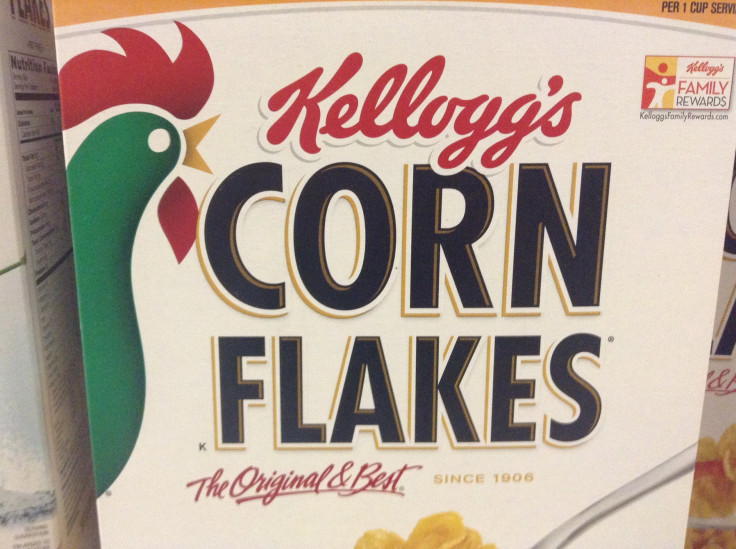The Origins Of Kellogg's Corn Flakes: Doctor Who Invented Them Hoped They'd Get People To Stop Masturbating

Kellogg’s corn flakes have been a breakfast staple in American grocery stores for well over 100 years. But many corn flake fans may not know its inventor created the product for "healthy, ready-to-eat anti-masturbatory morning meals."
Right after graduating from medical school, John Harvey Kellogg became the chief physician at Michigan’s Battle Creek Sanitarium, and as a part of the dietary program, invented several foods made from grains, ultimately creating one of the world’s most valuable multi-billion dollar brands. The Sanitarium focused on treating patients using holistic methods with methodologies focused on nutrition, enemas, and exercise. It was relatively sound advice, given the limits of 19th century medical knowledge.
However, the Sanitarium was run by a Seventh-day Adventist, and his beliefs following the religion led him to advocate for vegetarianism, abstinence from alcohol and tobacco, and dietary advice which was in part focused on reducing sexual stimulation. He was such a staunch believer in abstinence himself, he and his wife slept in separate rooms, and adopted all of their children.
It was his medical theory that almost all illnesses could be linked back to the stomach and bowels, leading him to administer daily enemas made of yogurt to clean the intestines. All other causes of diseases were connected with sexual intercourse and “harmful” masturbation, because he thought it was detrimental to physical, emotional, and spiritual well-being. Kellogg’s professional recommendation was to avoid “exciting and irritating food,” he wrote. “A man that lives on pork, fine-flour bread, rich pies and cakes, and condiments, drinks tea and coffee, and uses tobacco, might as well try to fly as to be chaste in thought.”
With this profound nutritional doctrine, John Harvey Kellogg teamed up with his younger brother William Keith to create the perfect food product for patients to center their diets around by making the least sexy food to date. They experimented with dextrinized cereals, which is the browning of starches, in dry, crisp forms to stimulate saliva for healthy digestion bereft of sexually exciting flavors. When their grain-based dough overcooked one day, they found the flattened wheat berry emerged as a thin flake. Patients began to eat the accidental invention on a daily basis, and by 1905, the Sanitarium was producing 150 cases a day.
Will wanted them to feed the public beyond the confines of the Sanitarium’s walls and began sprinkling sugar on them to make them more palatable. The doctor refused the addition, considering it a sinfully sweet ingredient. Will eventually left to pursue the ready-to-eat cereal business full-fledge, which took off after the pasteurization of milk in 1910, according to A Historical Overview of Kellogg’s.
Meanwhile, Kellogg kept serving it up in an effort to clean the colon and keep patients from pleasuring themselves. His questionable therapies went well past creating restrictive dietary guidelines when he began seating his female patients in a vibrating chair, applying carbolic acid to their clitoris and administering electric shocks to various part of their body, all in an effort to end masturbation. In other extreme measures, for boys he recommended threading a silver wire through the foreskin of their penis to prevent erections and cause irritation.



























